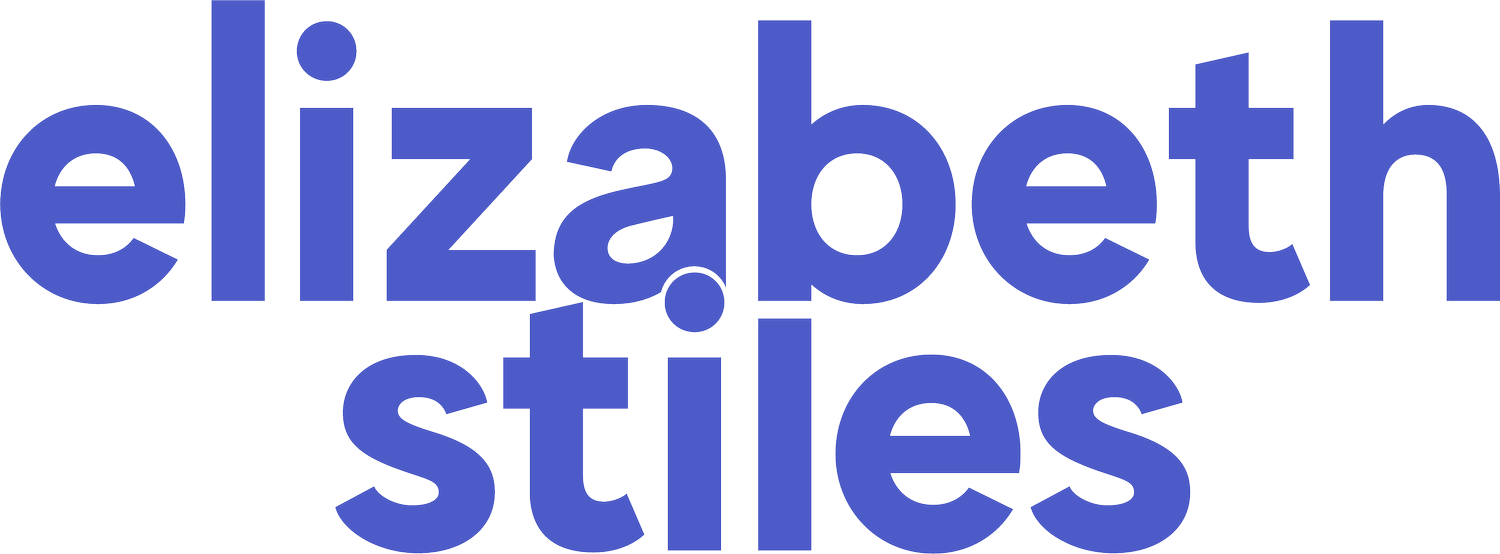101 tips for running a clothing brand
You may have already downloaded my 101 tips for running a clothing brand but if not, here’s 15 tips I’ve selected to give you an idea of what’s included in the full e- book!
Intro
A misconception about running a clothing business is that it goes something like this…
1. Come up with some designs
2. Get a factory to make them
3. Sell it
Whilst these are definitely part of the process, there’s also so many other processes to put into place! I have worked in the industry for over 10 years and this is just a small summary of what I have learnt along the way! I have witnessed many a mistake in my career so I’m here to help prevent you from making them too!
Planning
When starting a clothing brand – you take on several job roles such as designer, fabric technologist, merchandiser, accountant, web developer, PR + marketing manager… the list goes on! Accept what you’re no good at and outsource it - try websites like people per hour or creative pool
Brand
Ensure your brand is visually consistent across all platforms to build a brand identity. This means having the same profile picture, colours, fonts, image style etc. across facebook, insta, your website etc.
Customer
Listen to your customer and do regular market research / focus groups. Be open to what your customer is suggesting, their advice is invaluable. As a business, your aim is to solve a problem – find out what your customer’s problems are and solve them!
Competition
Keep an eye on your competition – what are they doing well? What are they doing badly? How can you maximise that to your advantage? Do regular competitive shop reports
Product
If something isn’t selling well, check if you have anything on order that could potentially have the same outcome.
Is it dyed? Is it printed? Is it cut?
Fabric
Ask for lab dips and bulk fabric hangers from the mill before the fabric goes to production. A lab dip is small swatch of fabric to determine the colour and its recipe before it goes for bulk dyeing. A bulk hanger is a larger swatch of fabric to show the colour of your production fabric
Fitting
Don’t overlook the fit process – take control of it and try to ensure consistency in sizing as this will help build trust within the brand. There should be a garment technologist at the factory who will be able to help you with this.
Costing + Cashflow
Ensure the costing for each item accounts for every single part of the process from the design spec, to the pattern to the labels, thread, hanger, poly bag, transport... etc
Supply Base
Never ever take a first price from a factory!
Buyers + Wholesale
Buyers will usually get somewhere in the region of 100 emails a day so by picking up the phone, you are getting immediate attention! If you don’t get through, be persistent- but not a stalker! (top tip : don’t phone on Monday as they will probably be busy with trade meetings)
Stock Levels and Returns
Decide on your returns policy – can you allow 30 days for returned garments to come back into your business?
Logistics
Clothes take up a lot of space and are really bulky + not to mention heavy (even kids clothes!) Do you have space at home or do you need to look into warehousing your stock?
Photoshoot
Your model might not be a perfect fit for the clothes so always bring a pair of scissors, a bulldog clip, pins and a mini sewing kit with you to make sure it looks great in the photo!
Website
1) Pick keywords that you’d like to be ranked for and ensure those keywords are repeated all over your website (especially your product descriptions!) which will help your SEO (search engine optimisation
PR + Marketing
Who can you collaborate with to spread the word about your brand? You want someone who is complimentary rather than a competitor.
Eg if you sell kids clothes, could you collaborate with a kids shoe brand?
If you’d like to download the full e - book, click through here to get all 101 tips!

